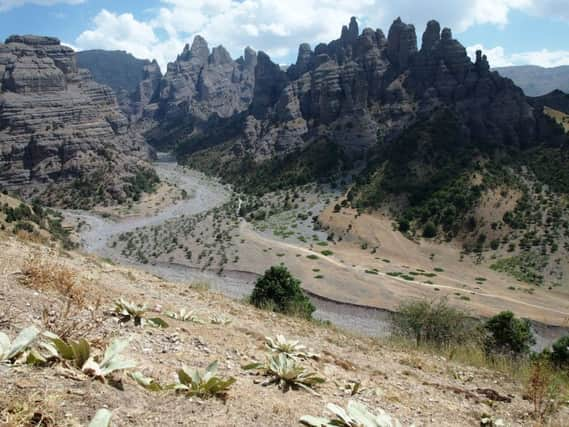It's time to take a fresh look at plant conservation around the world


Despite this, the links between poverty, gender equality, peacebuilding and sustainability with biodiversity conservation can be easily made. Today, it is becoming more clearly recognised and stated that the conservation of biodiversity and the effects on livelihoods are inextricably linked and can work together to tangibly improve people’s lives.
Yet, on-the-ground projects that actually integrate these separate strands are still all too difficult to find. Claims that a project has improved livelihoods or biodiversity assessments are all too often lacking in supporting data. Part of the reason for this is a hangover from days of yore, when conservation was achieved by examining species distributions and formulating Protected Areas based upon little else but the existence of species in certain sites. However, simply conserving species and areas in isolation does not always take into account the values that can be placed upon these species – and certainly not how they contribute to the day-to-day lives of local communities
Advertisement
Hide AdAdvertisement
Hide AdThe Middle East and South West Asia, a research focus at the Royal Botanic Garden Edinburgh (RBGE) through its Centre for Middle Eastern Plants, brings these issues into focus by working in countries such as Afghanistan, Iraq and Yemen.
While Afghanistan is not considered a country in conflict, it has suffered dramatic environmental degradation from repeated conflicts over the last few decades. In addition, the skills to recognise and proactively manage the environment have been lost. In Afghanistan there is very little, often fragmented, information about plants, where they grow, what they are used for and the services they provide. Early initiatives must, therefore, focus on gathering enough data to make planning possible and also on involving young Afghans in this research so expertise is developed to ensure conservation and services are maintained. This can be demonstrated through recent training programmes for Afghan researchers and community NGOs in Tajikistan which saw shared skills and experiences contribute to the benefit of both countries. On the island of Socotra, part of Yemen and seriously affected by ongoing conflict, detailed and comprehensive data is available on how people use plants in their daily lives. Coupled with information on species diversity and distribution, we can devise ways to establish Protected Areas that have real significance to local people and achieve fundamental conservation in a single system.
The time to formally integrate the requirements of local communities into protected area and biodiversity conservation planning has arrived, as this will ensure biodiversity is conserved as an integral part of people’s lives. Engaging people in that process directly, and not simply telling them to conserve a rare species before it is “lost”, is not a novel, or even particularly inventive, suggestion. But it is still not being implemented at anything like an appropriate rate. We must go beyond conservation and demonstrate the direct influence that can change people’s lives for the better. Making the link between the two is the key to success.
Dr Alan Forrest is a Research Scientist for the Centre for Middle Eastern Plants at the Royal Botanic Garden Edinburgh.